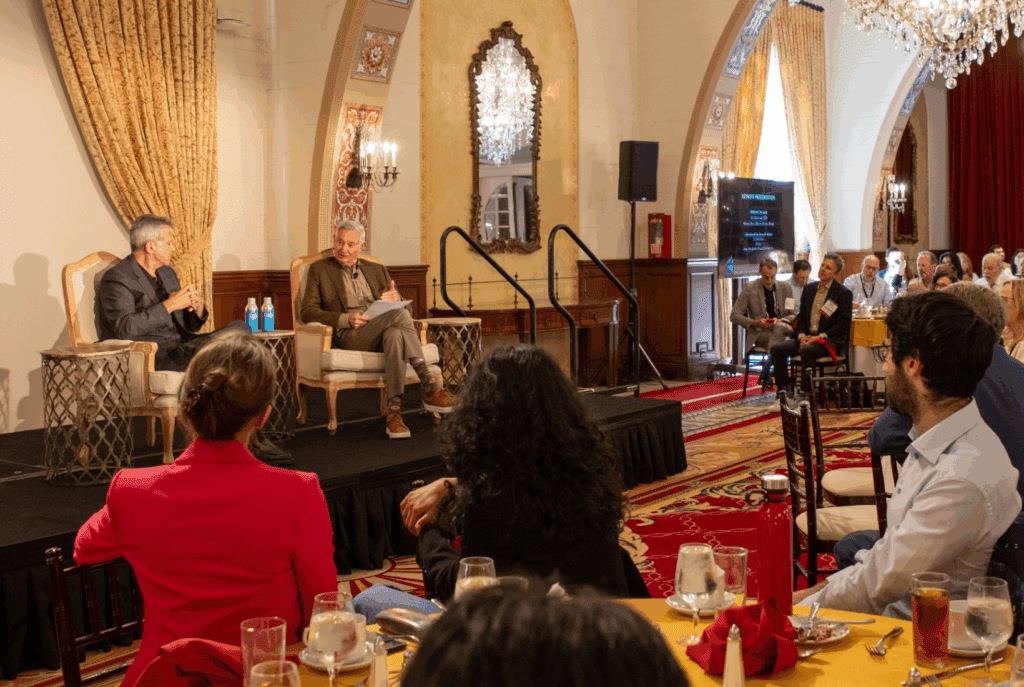Dan Simon kicks off new speaker series
—By Lori Craig
This spring, USC Law launched a new faculty lecture series for students, “A Window into Faculty Research.”
The lunchtime talks, presented on an occasional basis by various law school professors, provide an opportunity for students to learn about the scholarly projects and interests of the faculty, said Gregory Keating, professor and associate dean.
“Scholarship is a central part of the faculty’s life, and a passion for it is a large part of what leads people to become professors, but it is not very visible to students,” Keating said. “These talks are a small and, we expect, enjoyable, step towards explaining what it is that various professors do.”
 |
| Dan Simon spoke about eyewitness identifications on Jan. 18 |
“The identification of people is more complicated, more nuanced and more dependent on a wide variety of factors than people tend to realize," Simon said.
Eyewitness misidentification is the leading cause in known wrongful convictions, he said. Field data suggest half of eyewitnesses make a correct identification, about 30 percent cannot make an identification, and about 20 percent identify a “filler,” or a member of the lineup known to be innocent, as the suspect.
The overall capability of people to identify strangers is imperfect, Simon said. He played a video in which 40 percent of subjects didn’t notice when a stranger they were conversing with was replaced with someone else midway through a conversation.
Problems eyewitnesses face
The conditions under which a person sees a suspect are a large factor in misidentifications: lighting, distance and duration of the viewing, stress on the eyewitness, attention paid to the suspect, and a phenomenon known as “cross-race effect,” meaning people are better at identifying characteristics on a person of their own race.
More importantly, identifications can also be influenced by the lineup procedure, Simon said. Police sketches may taint a witness’s memory; someone in a lineup might be pointed out simply because they look familiar; and successive viewings of suspect photos can contaminate the memory.
“If a witness participates in repeated procedures, there’s a possibility they will recognize someone not from the crime, but from the previous procedure,” Simon said. Also, “one of the problems with lineups is that people tend to engage in relevant judgment: You say, ‘It’s got to be one of these guys, let’s pick the one who looks most like the suspect.’”
A look at solutions
Simon proposes reforming the process by using automated computerized lineups.
“The witness conducts the entire procedure independently on a computer,” Simon said. “There are no (other) humans involved.”
Such lineups would standardize instructions, remove the possibility of suggestive communication by the police, eliminate the need for a witness or victim to confront a suspect, and make the process more convenient. Perhaps most importantly, the system could pull the most appropriate lineup “fillers” from a state- or nation-wide database, Simon said.
Additional talks will be scheduled as members of the faculty volunteer. The next talk, scheduled for March 4, will be presented by Professor Gillian Hadfield.

















